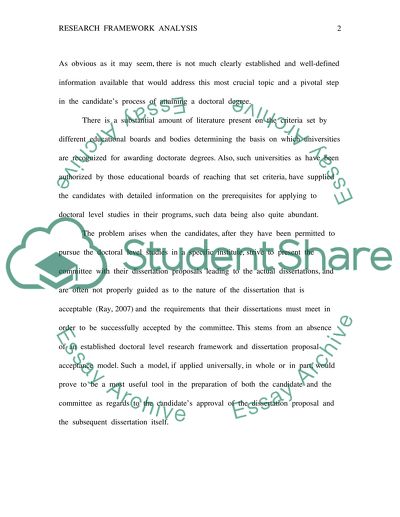Cite this document
(“IDENTIFYING OPERATIONS RESEARCH SYSTEMS ANALYSTS' CRITICAL ANALYTICAL Dissertation”, n.d.)
Retrieved from https://studentshare.org/systems-science/1428886-identifying-operations-research-systems
Retrieved from https://studentshare.org/systems-science/1428886-identifying-operations-research-systems
(IDENTIFYING OPERATIONS RESEARCH SYSTEMS ANALYSTS' CRITICAL ANALYTICAL Dissertation)
https://studentshare.org/systems-science/1428886-identifying-operations-research-systems.
https://studentshare.org/systems-science/1428886-identifying-operations-research-systems.
“IDENTIFYING OPERATIONS RESEARCH SYSTEMS ANALYSTS' CRITICAL ANALYTICAL Dissertation”, n.d. https://studentshare.org/systems-science/1428886-identifying-operations-research-systems.


